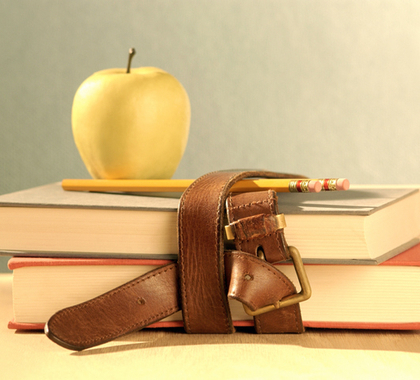President Donald Trump proposed a budget in May 2017 that would have cut $9.2 billion from the DOE’s 2018 fiscal year budget by reducing the number of ineffective after-school programs and teacher training grants and ending federal subsidization of college student loans, among other actions. The budget also called for expanding education choice programs by increasing charter school funding and creating a federal voucher program.
The Senate Appropriations Committee voted in September to increase DOE spending by $29 million. The House voted the same month to cut about $2.3 billion from DOE’s budget. Both chambers rejected funding the administration’s school choice programs.
“The House spending bill, which provides $66.1 billion to the Education Department as part of a broader $1.2 trillion spending package for various government agencies, must be reconciled with the Senate legislation,” EdWeek.org reported in September. “Unlike House lawmakers, Senators in charge of the appropriations process have so far, in the subcommittee and committee that oversee K-12 spending respectively, voted to increase spending slightly at the Education Department.”
‘Eliminate Them’
Vicki Alger, a research fellow at the Independent Institute and author of Failure: The Federal Misedukation of America’s Children, says governments have an obligation to stop funding worthless programs.
“When programs have proven to be ineffective, elected officials should eliminate them, not prop them up with continued funding,” Alger said. “That’s exactly what President Trump did by reducing the U.S. Department of Education’s discretionary budget by $9.2 billion. Close to two-thirds of that reduction—63 percent—comes from eliminating programs that are duplicative or just don’t work.
“The Clinton-era 21st Century Community Learning Centers program, for example, promised to provide disadvantaged children with after-school enrichment to improve their academic performance,” Alger said. “This program has cost nearly $18 billion so far, with scant evidence of success, according to numerous official evaluations.”
More Money, No Improvements
Corey A. DeAngelis, a policy analyst at the Cato Institute’s Center for Educational Freedom, says throwing money at the education system doesn’t work.
“In theory, additional resources ought to translate to improved student outcomes; however, the empirical evidence largely suggests otherwise,” DeAngelis said. “Stanford economist Eric Hanushek’s 1997 review of nearly 400 studies on the topic fails to find a ‘strong or consistent relationship between student performance and school resources.’ This is likely at least partially due to the fact that public school spending increases are more often allocated towards administrators and staff than children, as found by [EdChoice Senior Fellow] Dr. Ben Scafidi.”
Subsidizing Self-Interests
DeAngelis says the additional funding doesn’t make it to the classrooms because it is not in the interest of the adults who are running the schools.
“Why would traditional public schools allocate funds towards student learning?” DeAngelis said. “They do not currently have to. If I owned a restaurant that was funded through property taxes, and my customers were assigned to me by ZIP code, I would probably not spend very much additional resources on the food taste levels. Instead, I would rationalize that my leadership is so valuable that I deserve a higher salary.”
Alger says taxpayer dollars should stay at the local level and be controlled by families.
“Rather than subsidizing failed programs, funds should be returned to taxpayers in the states, where they could be used for localized programs that actually work for students and families,” Alger said. “Establishing parent-directed education savings accounts would be an excellent way to ensure children get the additional academic enrichment they need, without the costly bureaucracy.”
‘More Bang for Fewer Bucks’
DeAngelis says scientific evidence shows schools of choice use funding more effectively than traditional government schools.
“Obviously, schools that must cater to the needs of individual families have a stronger incentive to allocate their scarce educational resources efficiently,” DeAngelis said. “Indeed, a 2014 study by the School Choice Demonstration Project finds that relative to traditional public schools, charter schools overwhelmingly produce more ‘bang’ for fewer ‘bucks.’ A 2017 version of this study, produced by my colleagues and me, will also be available soon.”
Saving States Money
DeAngelis says not only do school choice programs use money more efficiently, they also use less of it.
“Over twenty studies of private school choice programs have found that private school choice programs save states and local school districts money,” DeAngelis said. “This is because private school tuition levels are about half of the per-pupil amount spent in traditional public schools, on average.”
Teresa Mull ([email protected]) is a research fellow in education policy at The Heartland Institute.
INTERNET INFO:
Greg Forster, “A Win-Win Solution: The Empirical Evidence on School Choice,” EdChoice, May 2016: https://heartland.org/publications-resources/publications/a-win-win-solution-the-empirical-evidence-on-school-choice-fourth-edition





